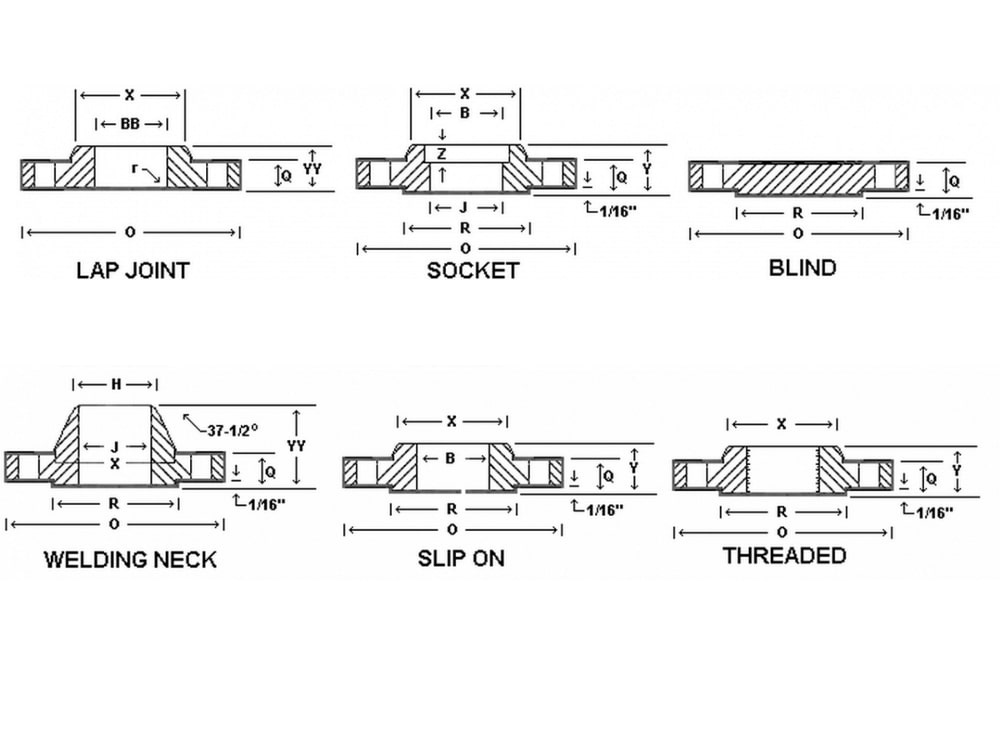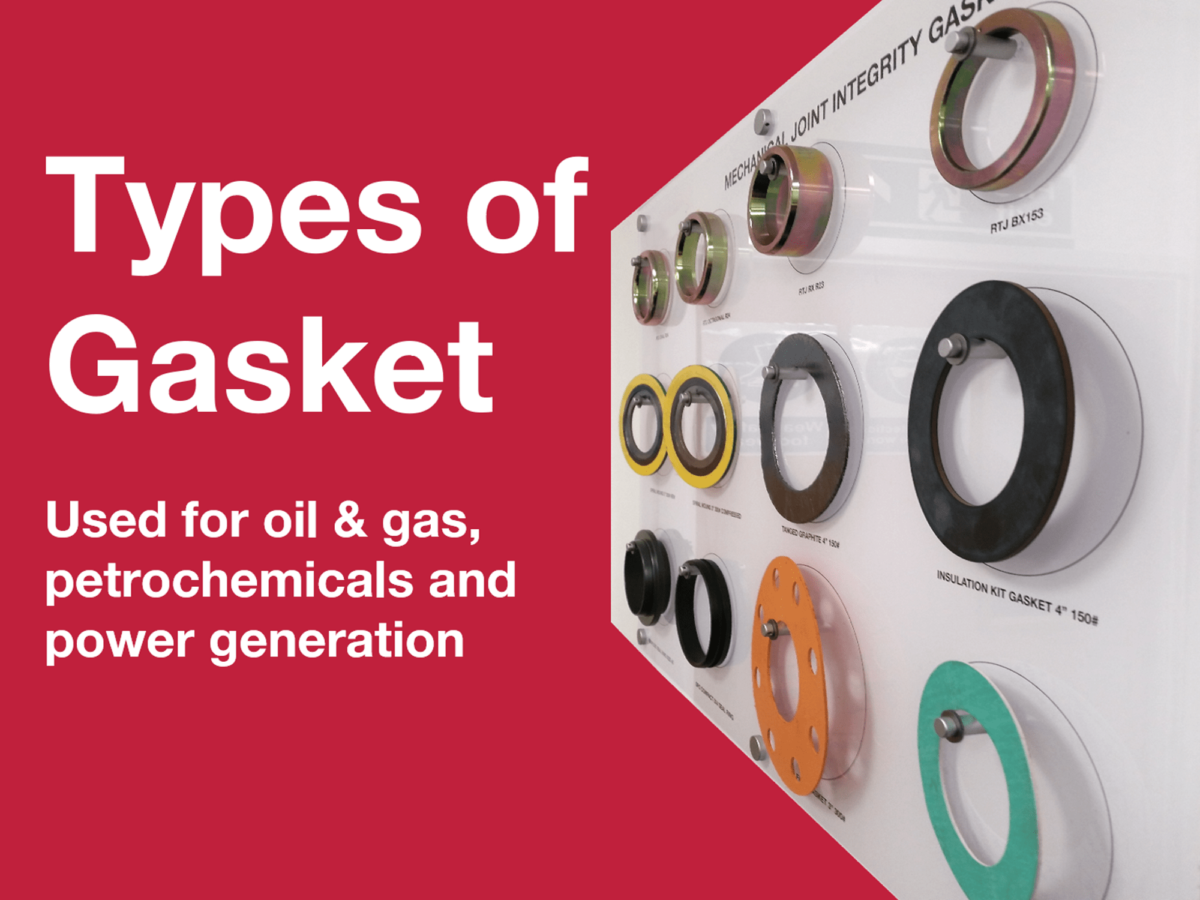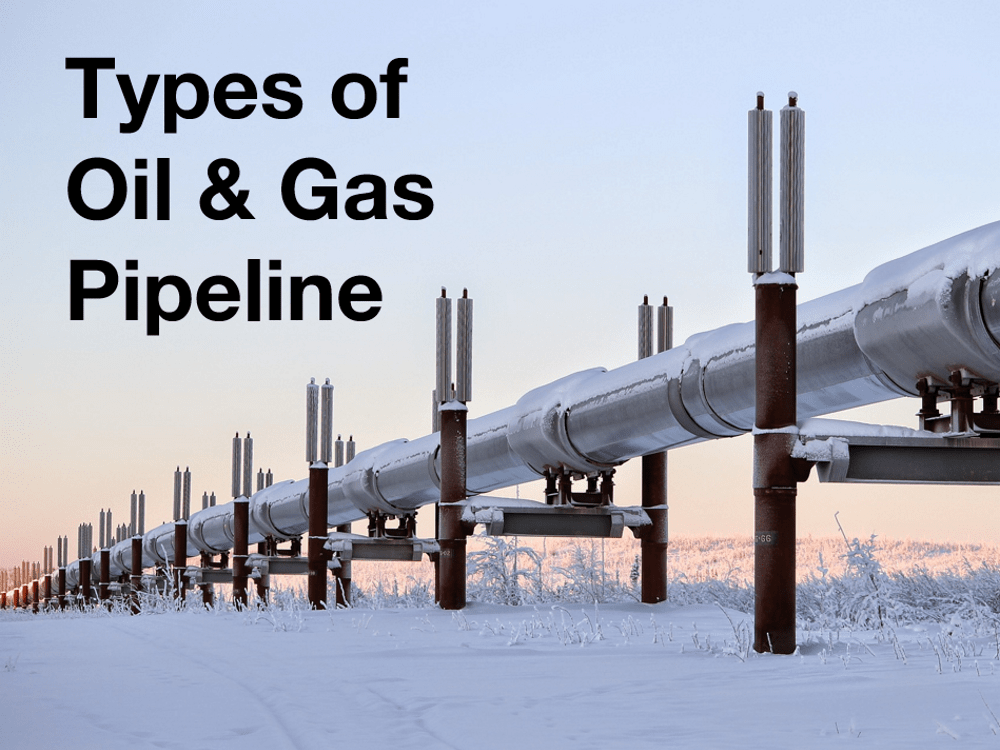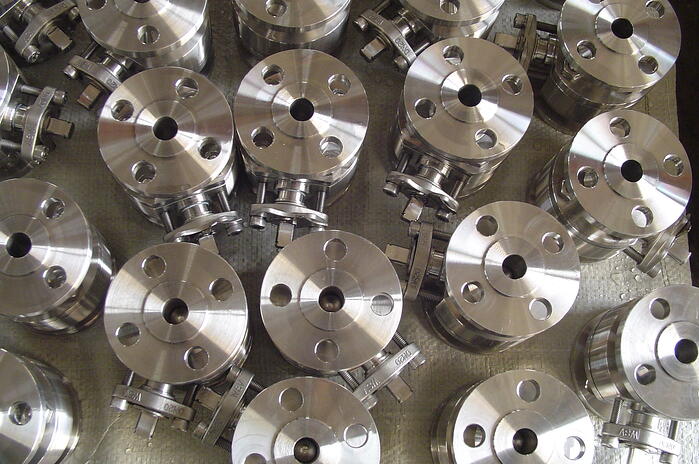6 Common Types of Flange Used in the Oil and Gas Industry

September 22, 2015
0
The reliance on the different types of flange used in the oil & gas industry is vital to ensure joint integrity. In 2008, Garlock, one of the world’s leading manufacturers of gaskets, reported that a recent customer survey showed their respondents “indicated that every joint in their plant is critical, and there is zero-tolerance for any type of leakage whatsoever.”
Fast forward seven years into a world which has been through significant cost-cutting following the global downturn, and has a perilously low oil price, and it would be safe to assume such attitudes to leakages have not changed.
Understanding joints, connections, and the most common types of flange used in the oil and gas industry is a core requirement to keep these levels of safety and attitudes the same. To ensure your always familiar with these, here are 6 of the most common flange types and a description of what they are best used for:
Weld-neck
Complete with a tapered hub, these flanges are recognisable and used in high pressure environments. The flange is particularly useful under repeat bending conditions.
Slip-on
A flange which is slipped over the pipe and welded both inside and outside to increase strength and prevent leakage. A favourite for engineers compared to the weld-neck due to their lower cost.
types of flange used in the oil & gas industries
Lap-joint
Used in conjunction with a lap joint stub end, the flange is slipped over the pipe but not fastened, unlike the slip-on. Instead the flange is held in place by the pressure transmitted to the gasket by the flange pressure against the back of the pipe lap.
Threaded
Used in special circumstances, the threaded flange can be attached to the pipe without being welded. These are usually positioned on pipes with a deep wall thickness, used to create the internal thread.
Blind
Manufactured without a bore, these flanges are used to blank off the end of piping, valves and pressure vessel openings. They are also most suitable for high pressure temperature applications.
Socket-weld
With a static strength equal to the Slip-on flange, the Socket-weld is connected with the pipe with 1 fillet weld on the outside of the flange. Due to corrosion issues, some processes do not allow this flange.
Flange Facing Machines
To find out more what machines can be used to create the right sealing surface on flange connections take a look at the Enerpac range of Flange Facing Machines.



